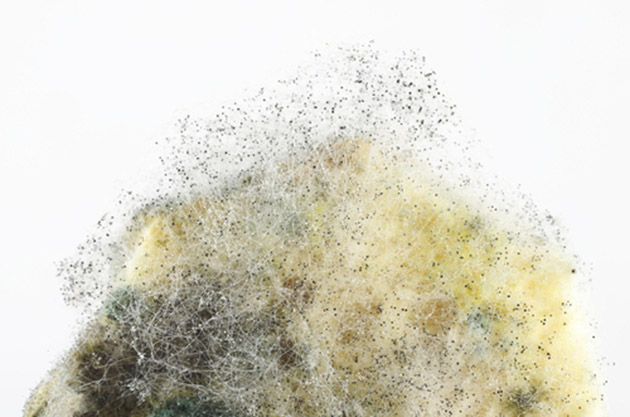
We spend quite a bit of time at Amity explaining to people how we can help remove mould from their homes and what they can do to try and prevent mildew and mould growth in the future. Today, we thought we’d take a moment to suggest ways to stop mould from growing in the first place. Of course, not all of these suggestions will work for all climates. Here in Calgary we have hot, dry summers and cold, dry winters. But to the west of us in BC or to the east in Ontario and beyond, hot and humid and dry and humid are the norms. It’s always best to call a local expert to find out exactly which information is helpful for you. What advice you take should also depend on whether you’re building your home new or doing a big renovation at the moment. The suggestions we have for you today assume that you already have a home and aren’t up for ripping out and replacing all the drywall. So, without further ado, here are two things you can do to help prevent mould growth in your house.
Lower Humidity
For those of us living in developed nations, most of us are lucky enough to actually be able to control the humidity in our houses. Between heaters, ACs, and dehumidifiers that take humidity out of the air and humidifiers that put it back in, we have an astounding amount of control over our environment. The first step is to buy a moisture-metre from your local hardware shop. A moisture-metre measures the amount of humidity in the air so that you can easily figure out which rooms need extra help. It’s generally suggested to keep your home’s humidity between 30-60%. The less humid your home is the less likely the chance of mould growing. However, low humidity can also cause nose bleeds, cracked lips, hands, and dried skin, and it can even make you more susceptible to common illnesses like colds and allergens. For all these reasons, keeping you home below 30% (or even 35%) is not really recommended. However, once you know the humidity of your house and each room, you can easily install extra ventilation or a dehumidifier to help stop mould before it happens.
Clean Your Gutters
Your gutters and eaves troughs may seem like they’re doing their job just fine, but they may actually be partially plugged. This can cause a buildup of water close to your home. It’s recommended that you (or a professional) clean your gutters semi-annually (usually once in early spring around April or May and once in late fall around October or November) to keep them working optimally. Damaged or clogged gutters can prevent water from draining and lead to leaks inside your house. Leaks are a great place for mould and mildew to grow and terribly difficult to clean up. This is because leaks often spring in your house far from where the roof (or gutter) problem is outside of your home. Beyond that, many leaks can go unnoticed for a long time – mould and mildew can happily grow in your ceiling and walls without necessarily being visible from inside the rooms.
We hope that both of these tips will work and help to prevent mould growth wherever you live and regardless of your climate, but remember that the best way to know what to do is to contact a mould and mildew expert in your area. Ready to take steps to preventing mould problems in your home? Or do you need help fixing issues that already exist? Contact Amity Environmental today at (403) 667-8264.

